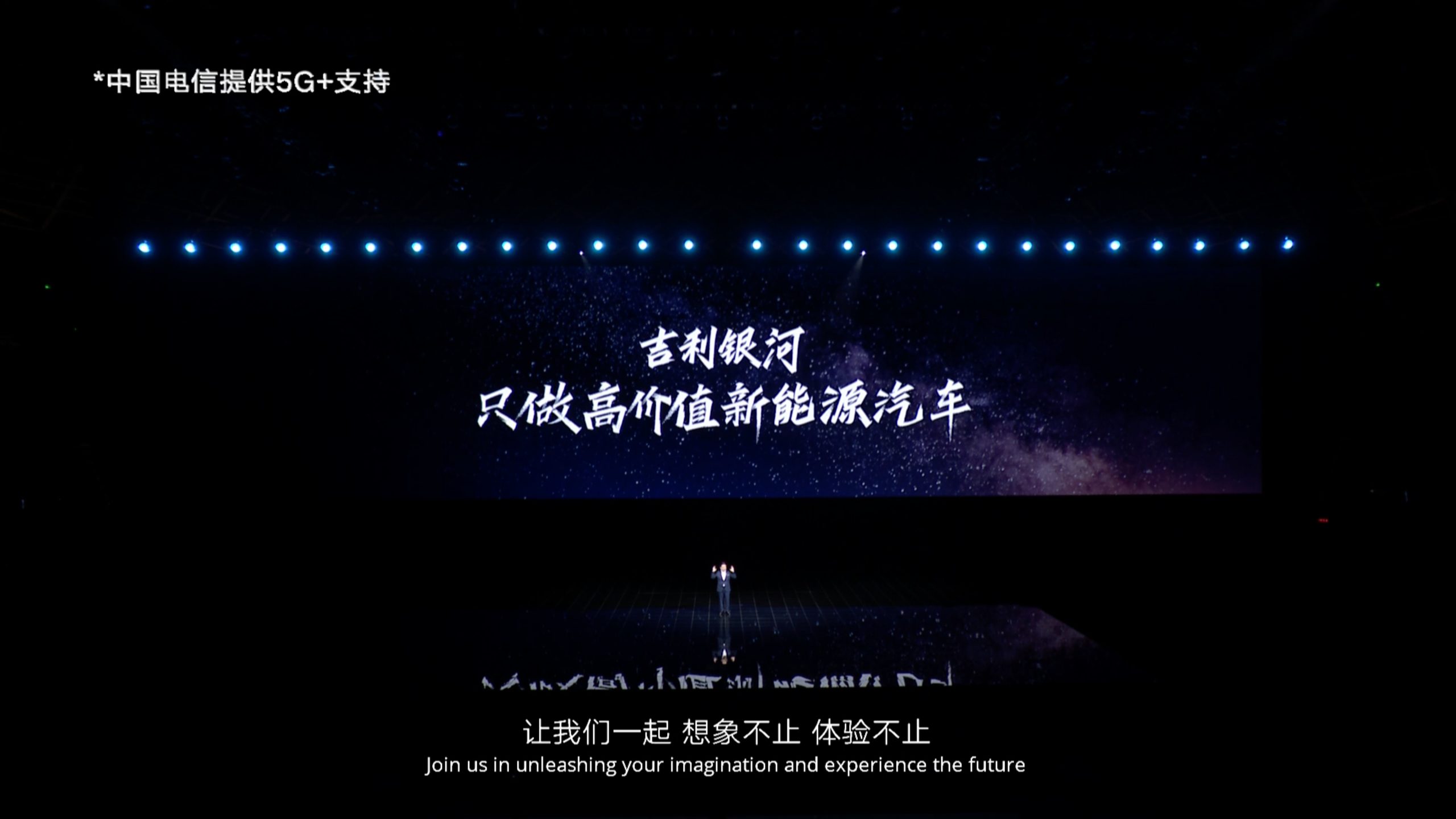Today, Geely held the Galaxy Strategic Release Conference at the main venue of the Hangzhou Asian Games and officially launched the first model, the Galaxy L7, under the Galaxy Series, and opened the pre-order.
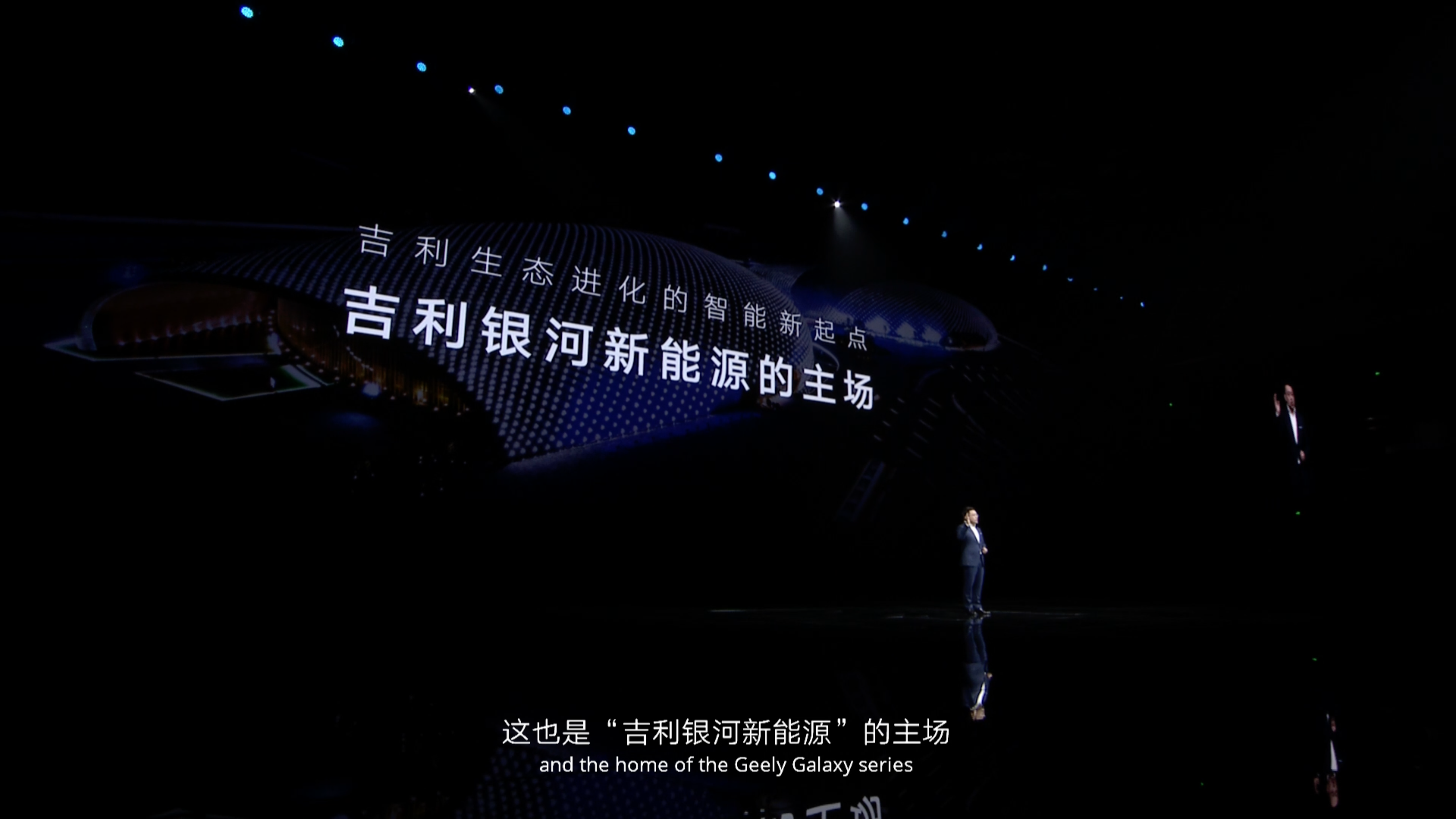
However, the price of the L7 was not mentioned throughout the conference. Even after watching the ending choir, which didn’t reveal the final price of the L7, I was baffled. But looking back at the entire conference, it can be seen that Geely has been hinting at the price from beginning to end.
Today’s conference is the beginning of Geely’s attempt to make an impact on the new energy market. Although it is not yet clear how much impact this will have, Geely has made its official entrance and presented its strategy.
Reorganizing the Product System
Looking back at Geely’s development in the new energy field for the past two years, it can be seen that only JEEK developed well, while Geometry, Geely Jingang, and Lynk & Co. were not so successful. So the first thing Geely did today was to reorganize its brands.
Firstly, Geely established the “Galaxy Series” under the Geely brand, which is the protagonist of today’s conference, focusing on the new energy market in the 150,000-300,000 RMB price range.
Secondly, the Geometry brand returned to the Geely brand and became the “Geometry series,” focusing on pure electric products priced under 150,000 RMB.
Finally, the “Jiexing Series” was established, which includes the Bo Series, Bin Series, and Emgrand Series.
Therefore, under the Geely brand, there are now three series: “Jiexing,” “Geometry,” and “Galaxy,” focusing on the new energy market in the 150,000 RMB or lower price range, while JEEK focuses on the new energy market priced above 300,000 RMB.
The focus of today’s conference was on the “Galaxy Series,” which focuses on the new energy market in the 150,000- 200,000 RMB price range. As for why this price range was chosen, we can look at two pieces of data:
The first is the market penetration rate of new energy vehicles.
In 2022, the sales volume of new energy vehicles reached 5.6624 million vehicles, with the penetration rate of new energy vehicles also reaching 28%, achieving a new high in growth rate and penetration rate.
The second is the sales proportion of Class A cars in the new energy vehicle market.
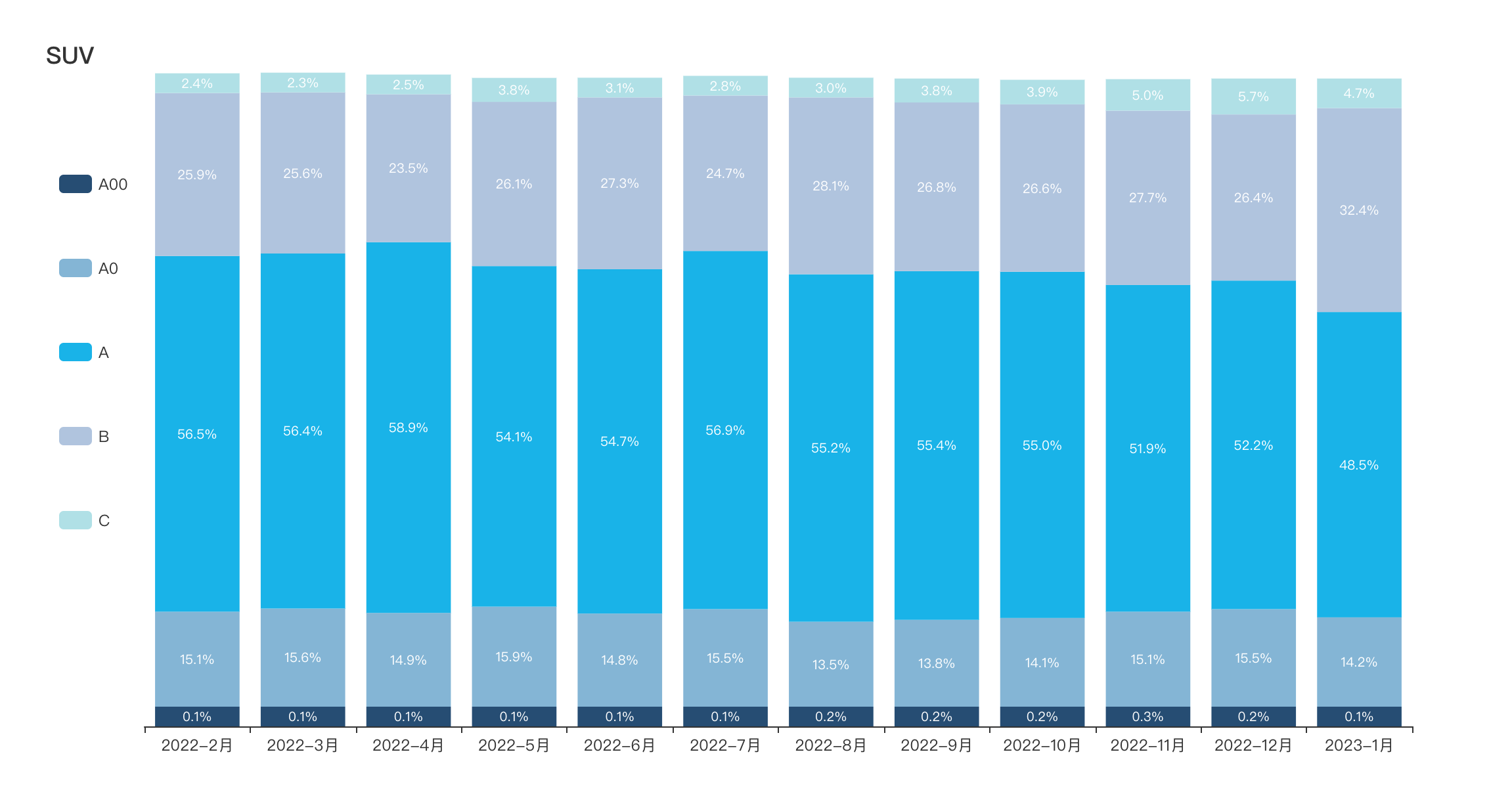 From the data in 2022, the proportion of A-level SUVs priced between CNY 100,000 and CNY 200,000 among all new energy vehicle categories has reached 50%.
From the data in 2022, the proportion of A-level SUVs priced between CNY 100,000 and CNY 200,000 among all new energy vehicle categories has reached 50%.
Around 2020, the new energy vehicle market was still a dumbbell-shaped market dominated by the Wuling Hongguang MINIEV priced below CNY 100,000 and the Tesla Model 3 priced above CNY 300,000.
The significant change in market share indicates that with the improvement of product strength, more and more users in the CNY 100,000-200,000 price range are accepting new energy vehicle models. This price range is also the largest user base segment, so winning users in this segment is crucial.
However, winning these users is not easy.
In 2022, BYD sold a total of 1.868 million new energy vehicles, accounting for 31% of the total sales of new energy vehicles. What is more impressive is that the best-selling product of BYD is the compact SUV Song family priced around CNY 150,000, with sales of 475,000 units, accounting for 25.5% of the total sales of BYD. In 2023, BYD even set a target of 4 million units.
Therefore, the “Galaxy Series” is designed to compete directly with BYD.
How to Compete with BYD with the “Galaxy Series”?
Plan of the “Galaxy Series”
Let’s start with the product planning. In the next two years, the Galaxy Series will launch 7 models, including 4 L series models focusing on the hybrid market and 3 E series models focusing on the pure electric market.
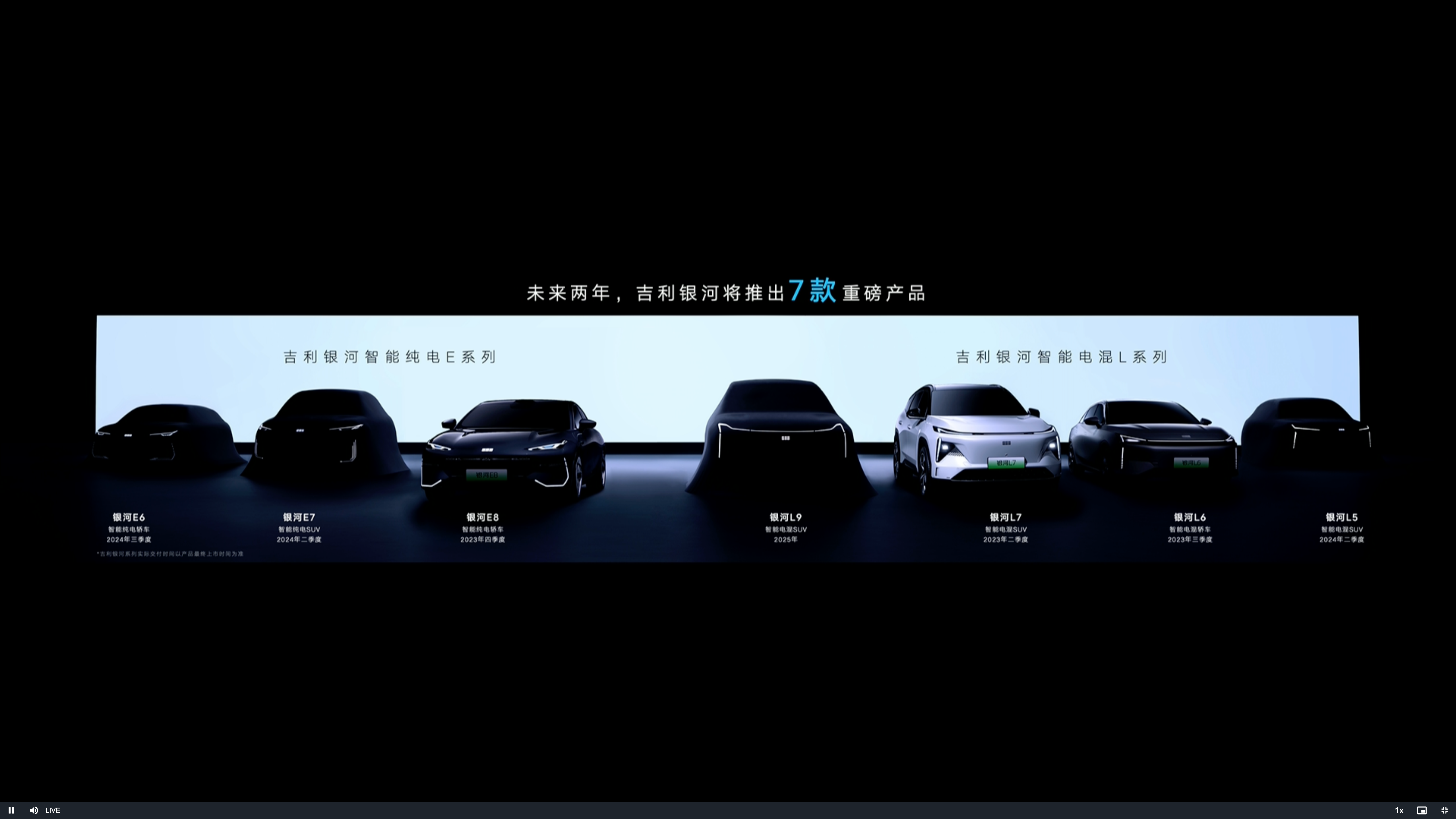
Among the four hybrid models, there are three SUVs and one sedan. Judging from the size in the figure, L6, L7, and L9 will cover the small, compact, and medium-sized SUV markets respectively.
Among the three pure electric models, two are sedans and one is an SUV.
It is not difficult to see that the models of the Galaxy Series will compete head-on with multiple best-selling models of BYD, such as Tang, Song, Yuan, Qin, Dolphin, and Porpoise.
How Strong is the “Galaxy Series”?
Unfortunately, Geely did not provide a detailed analysis of the product strength at the launch event. Geely only gave a rough introduction of the “design”, “battery safety”, “engine efficiency”, “intelligent driving”, and “smart cockpit”.#### About Design
At today’s press conference, Geely brought the Galaxy Light prototype, which can be regarded as the design concept of the Galaxy series models. The design of all upcoming models in the hardcore series will converge towards this car.
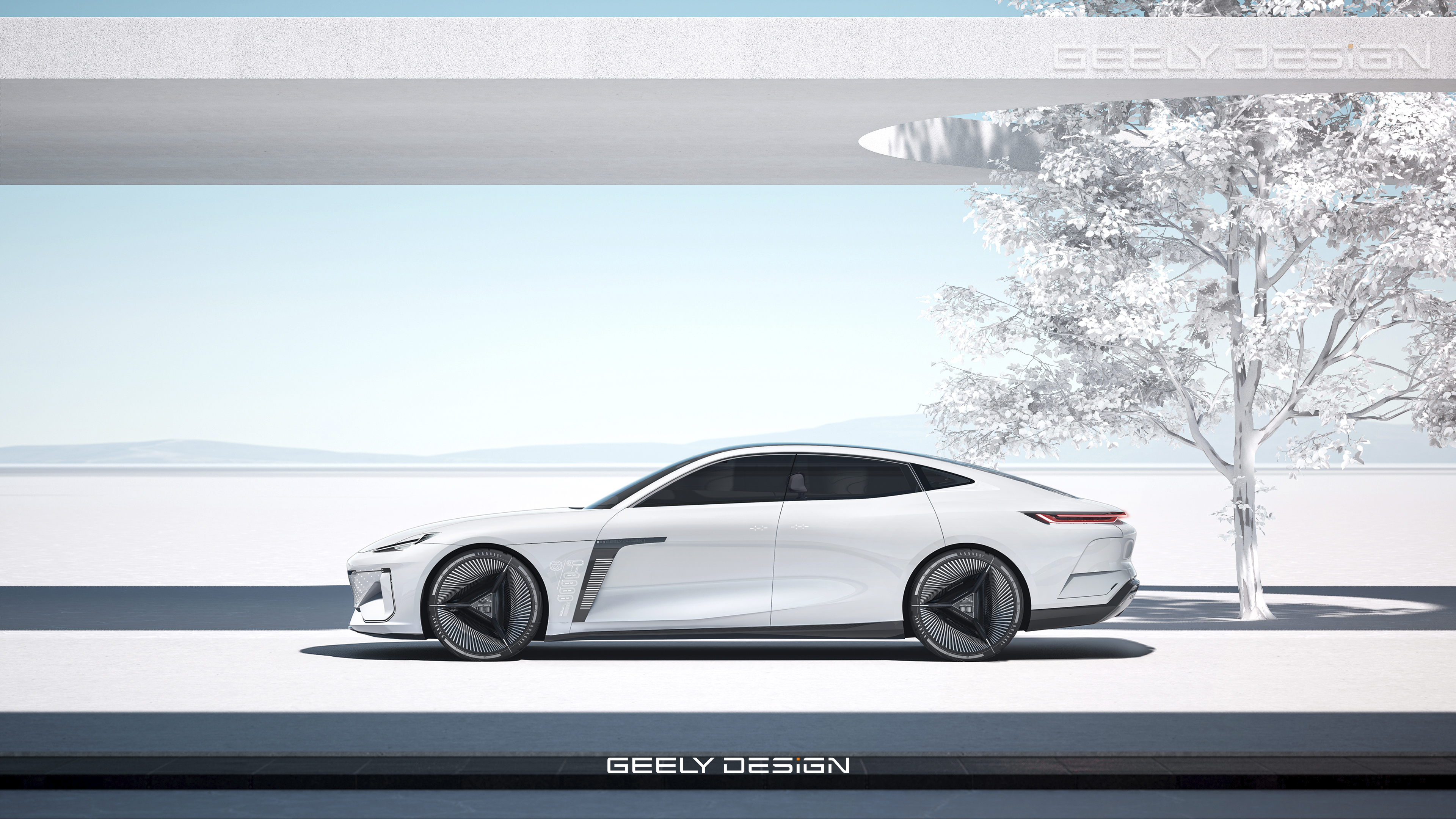
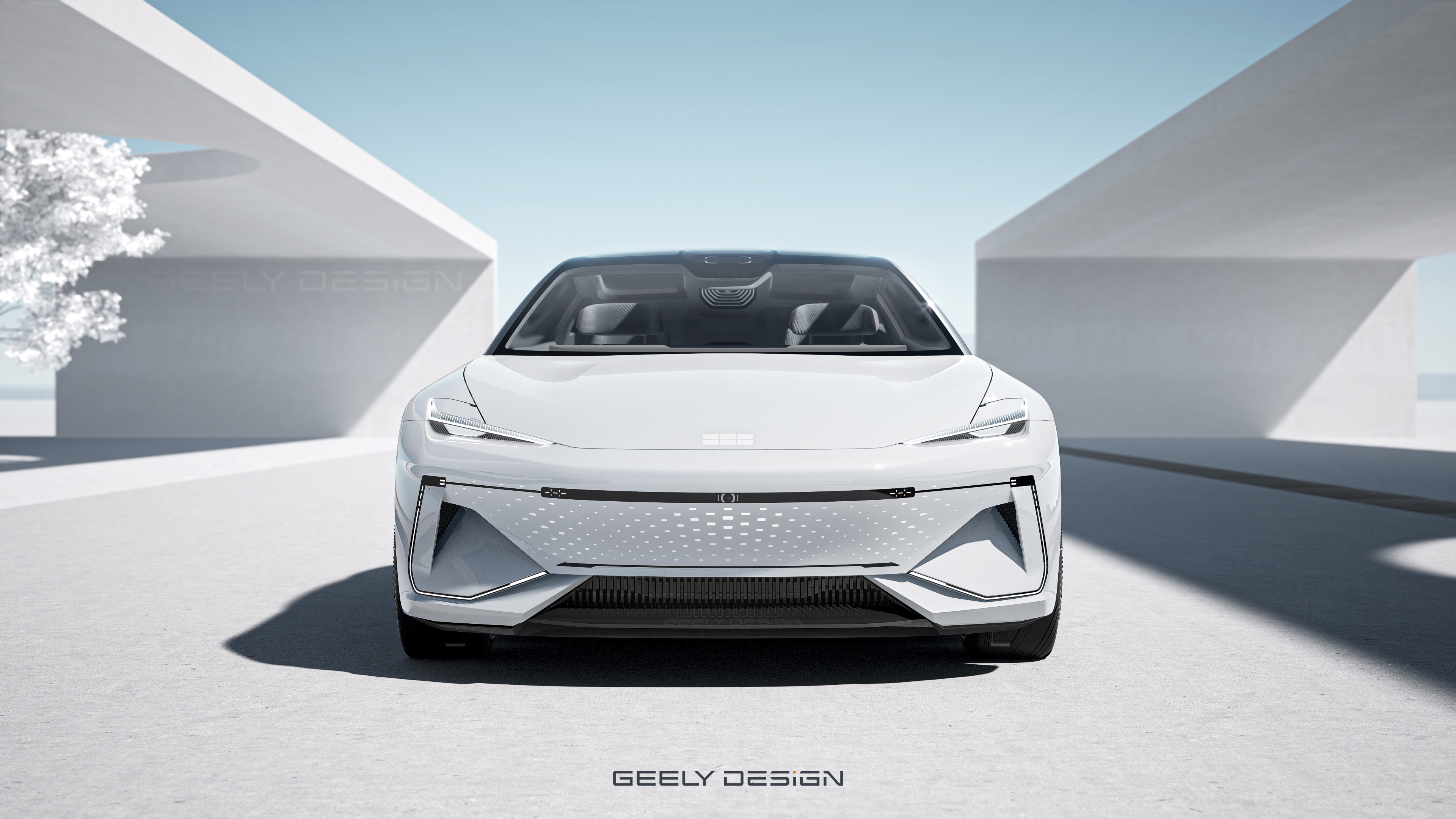
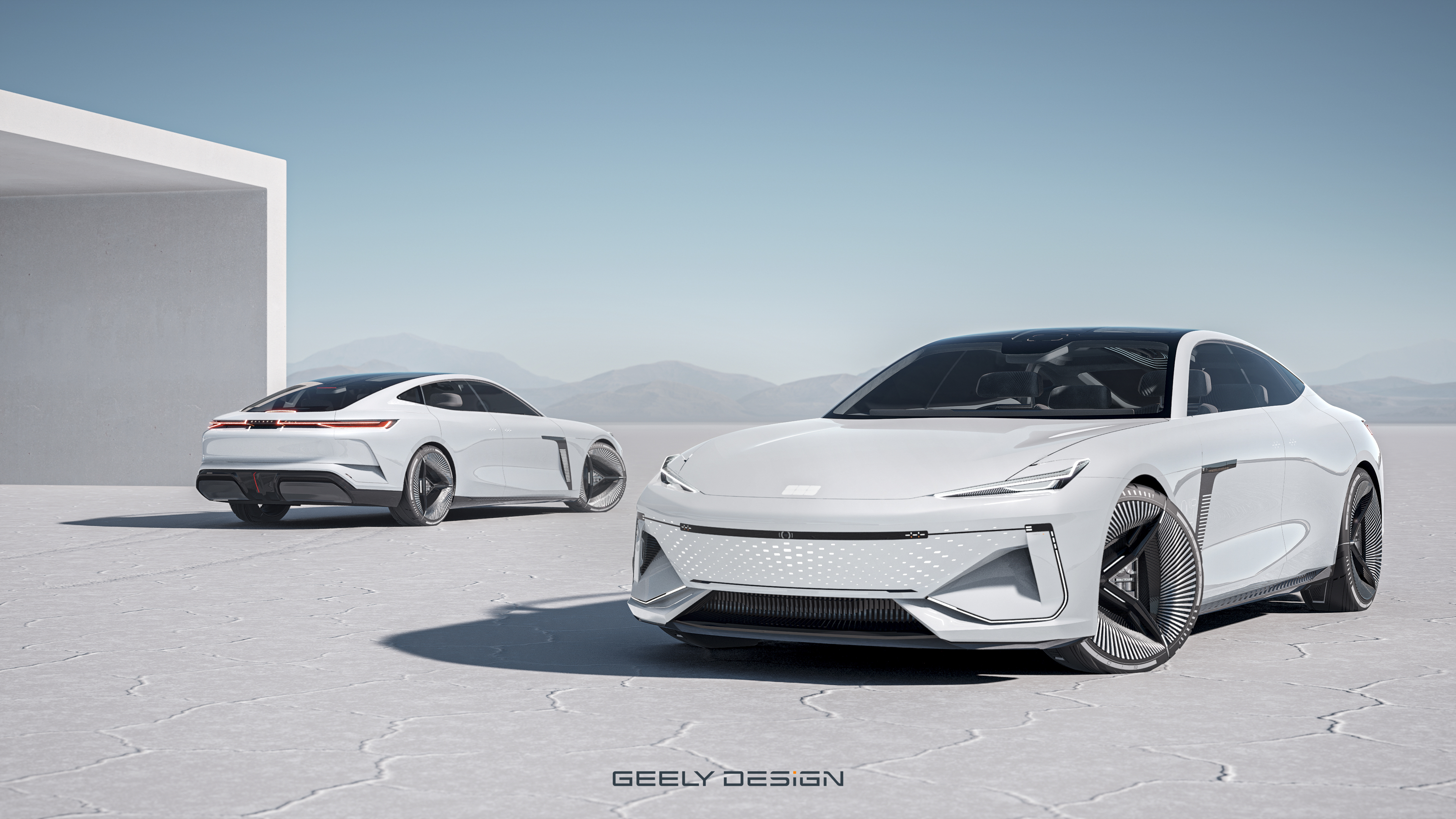
About Battery
Geely did not disclose detailed information on the capacity, energy density, formula, etc. of the battery for the Galaxy series models at the press conference, but focused on battery safety.
Geely said that they have created the “Shield Battery Safety System“, which has radiation protection capability that goes deep into the cell layer.
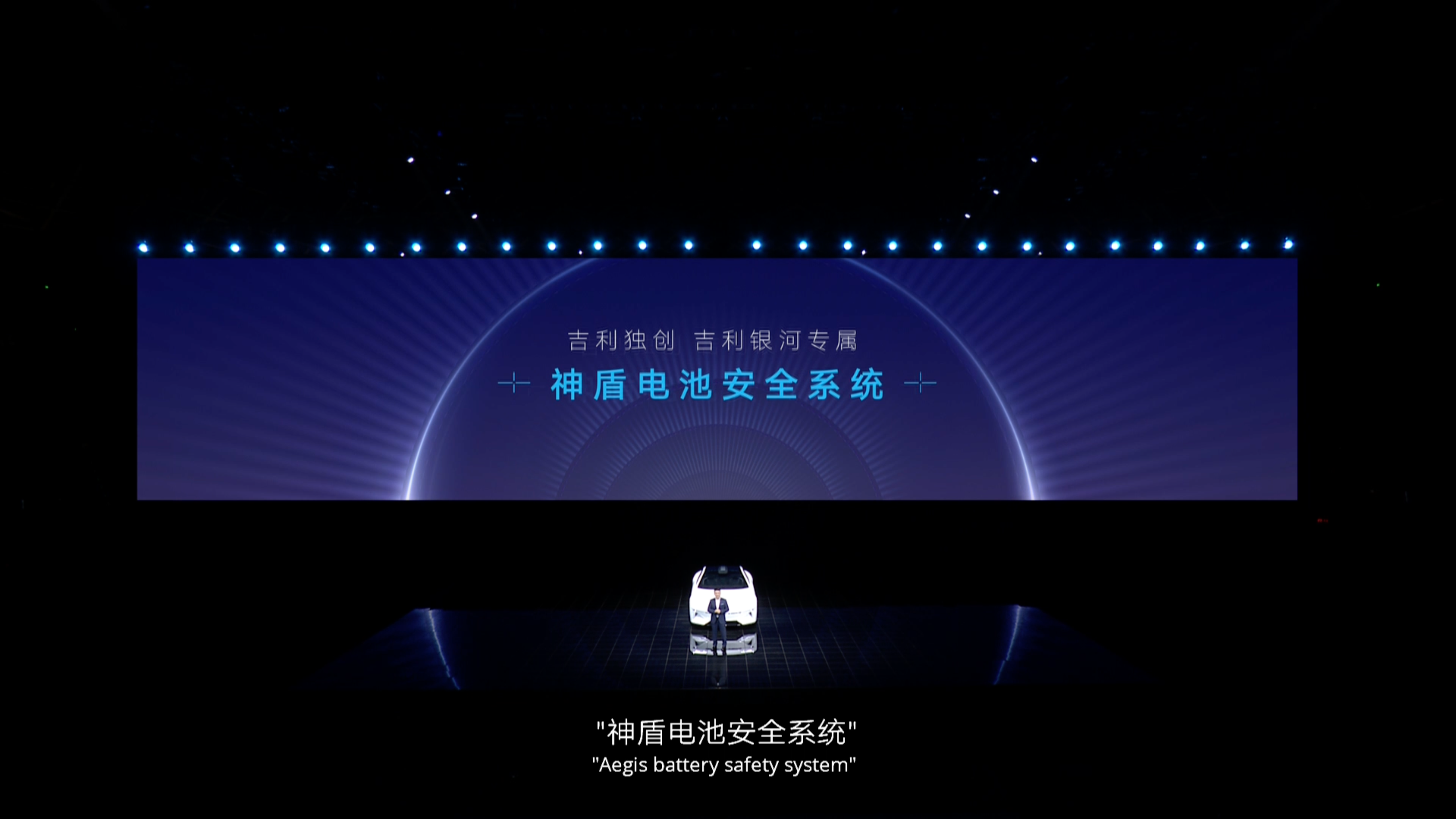
At the BYD Han press conference, BYD demonstrated the safety of the battery being punctured to users through a puncture test, while Geely differentiates itself in safety through its radiation protection.
We learned that the battery for the Galaxy series models will be jointly developed with CATL, so the quality and safety of the power battery is beyond doubt.
About Engine
At the press conference, Geely announced that the new generation of its God’s Light hybrid engine, BHE15 Plus, has a maximum thermal efficiency of 44.26% in mass production, which expands the range by over 30%, and the next generation thermal efficiency will surpass 46%.
 Translate to English:
Translate to English:

“Efficient engine with three-speed transmission, Geely produces a maximum output power of 287 kW for two-wheel drive models and 488 kW for four-wheel drive models. Although strengthening power is not a bad thing, since the target audience is within the 150,000-200,000 RMB interval, “energy efficiency” and “cost” are obviously the most critical factors. Judging from the already released Geely Galaxy L7, this car can achieve 6.9 seconds of 0-100km/h acceleration and a top speed of 200 km/h, with a fuel consumption of only 5.23 litres of electricity equivalent (CLTC range of 1,370 km), which means that it has superior power while maintaining the same fuel consumption as vehicles in the same level”
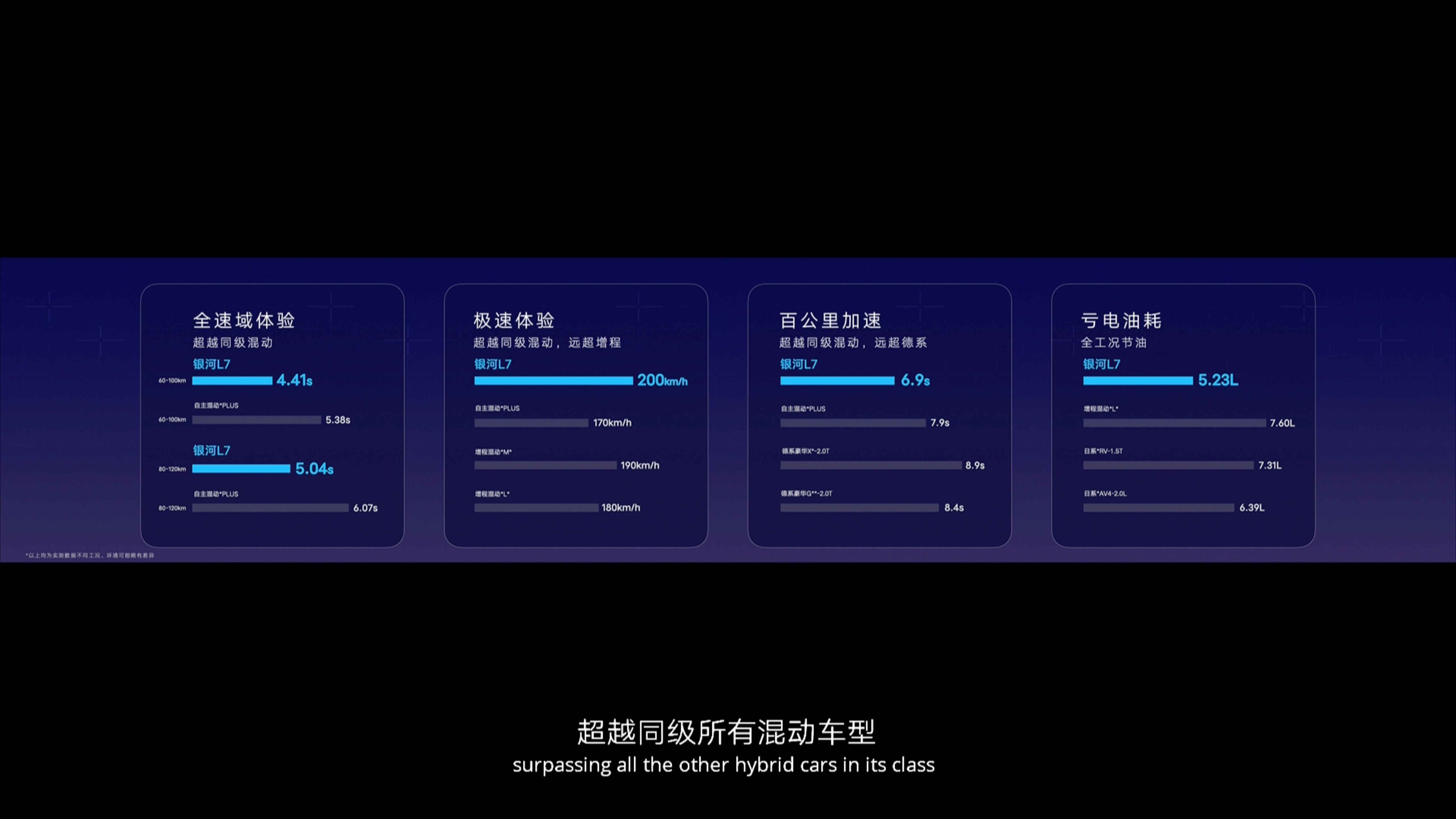
About Intelligent Driving
Geely only mentioned two things about intelligent driving. The first is** Geely’s NOA and Tesla have obtained the IVISTA G+ rating together, becoming the “China’s first freeway NOA platform.”**
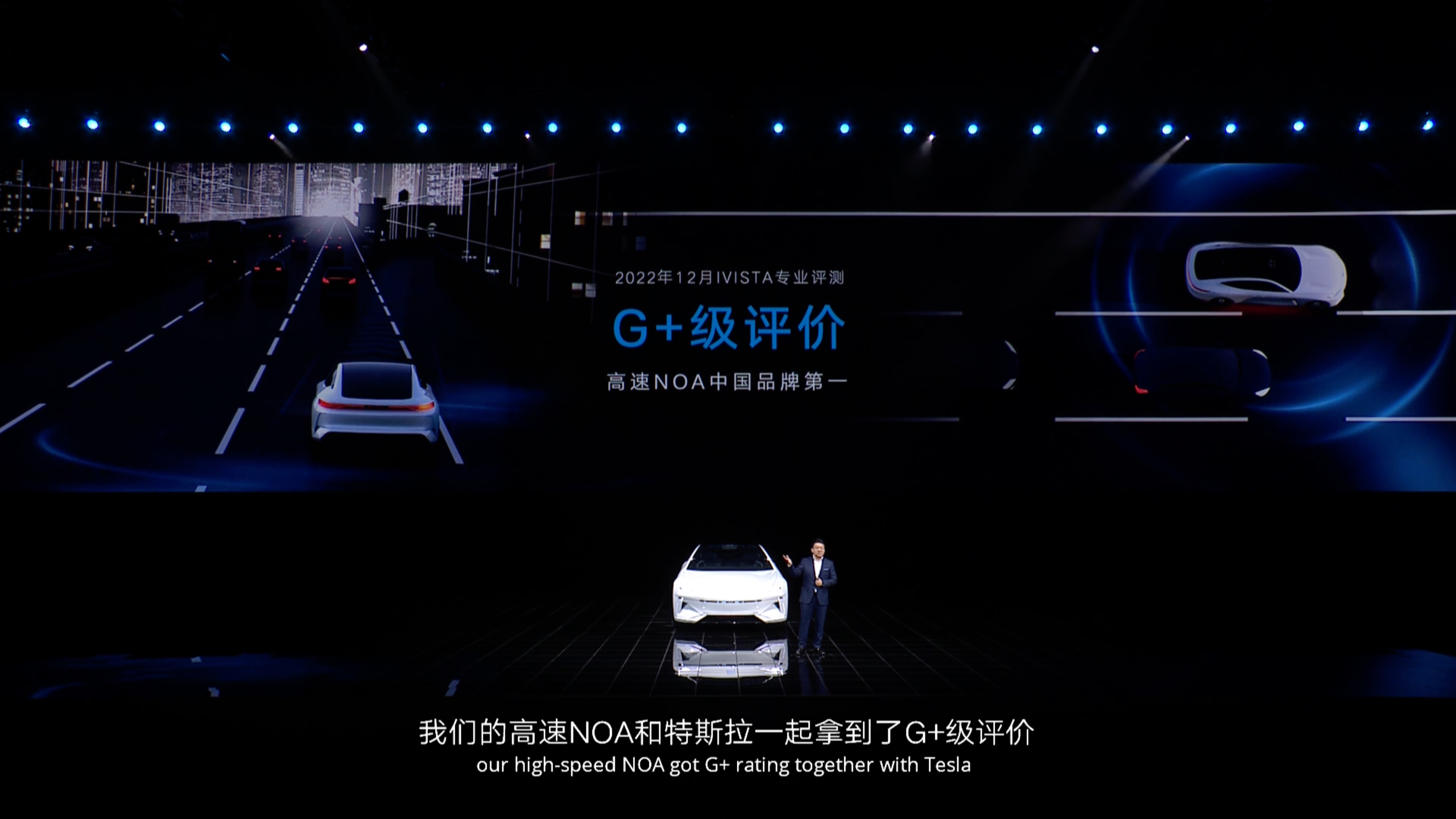
Obviously, IVISTA is not professional enough in the evaluation of NOA, at least Tesla’s NOA is not very useful. In our testing process, dangerous scenes have occurred several times.
The second thing is that the StarDrive system will have functions such as “cross-floor memory parking”, “high-speed emergency evasion”, and “low-speed exploration assistance.”
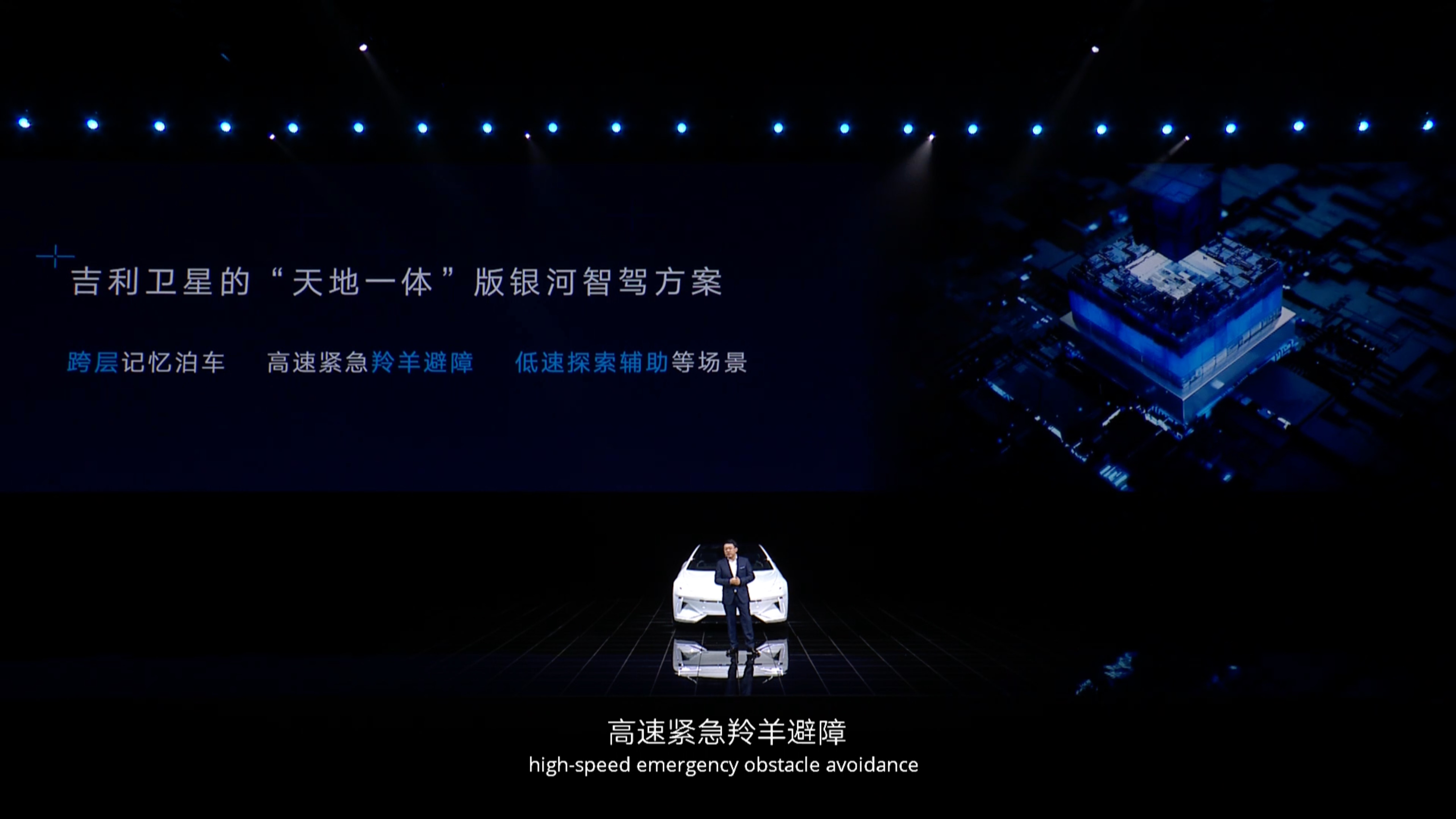
From these two things, it is difficult to see the expected level and abilities of the “Galaxy Series” models.
About Intelligent Cockpit# Announcement from Geely: Developing Galaxy N OS Operating System, a “Full-Stack Self-Developed Distributed Operating System”
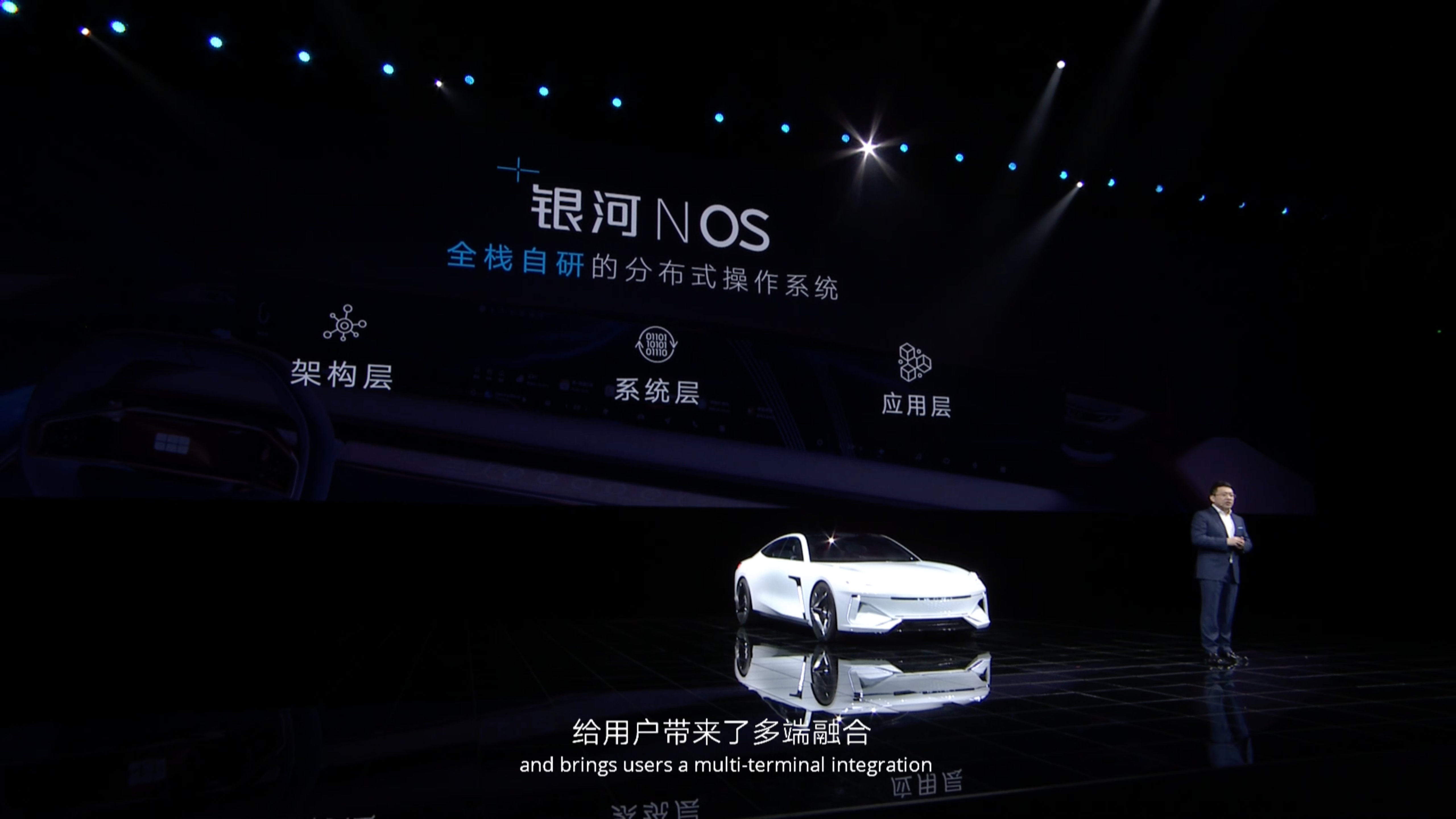
These areas basically cover the most critical points in the intelligent automobile industry. The direction is correct, and the key is to see the results.
No Price War
Finally, regarding prices, it is expected that the Galaxy L7 will not engage in a price war and will not take the route of cost-effectiveness. Therefore, the price will not be too cheap. As for the reasons, let’s review what was said at the press conference.
At the beginning of the conference, CEO Li Shufu said, “Chinese brands have never lacked price advantages. If you don’t focus on price, quality, and technology, you cannot obtain long-term user satisfaction.”
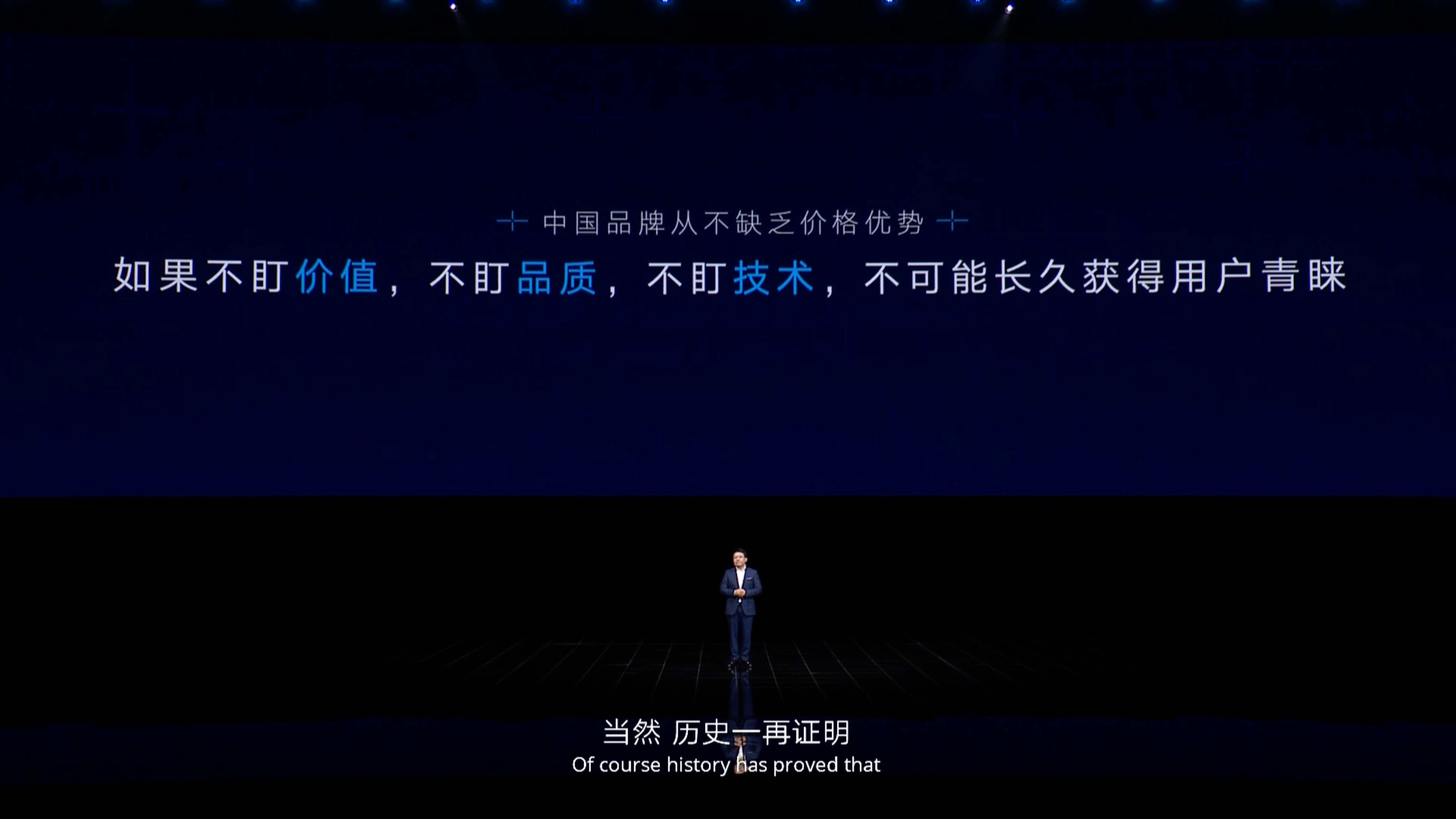
Later, Li Shufu took us back to the era of Geely’s Premium Products 3.0. It was precisely because Geely proposed the brand mission of “creating a premium car for everyone” in 2015 that Geely’s brand sales have been climbing year by year, and sales have exceeded one million units for six consecutive years.
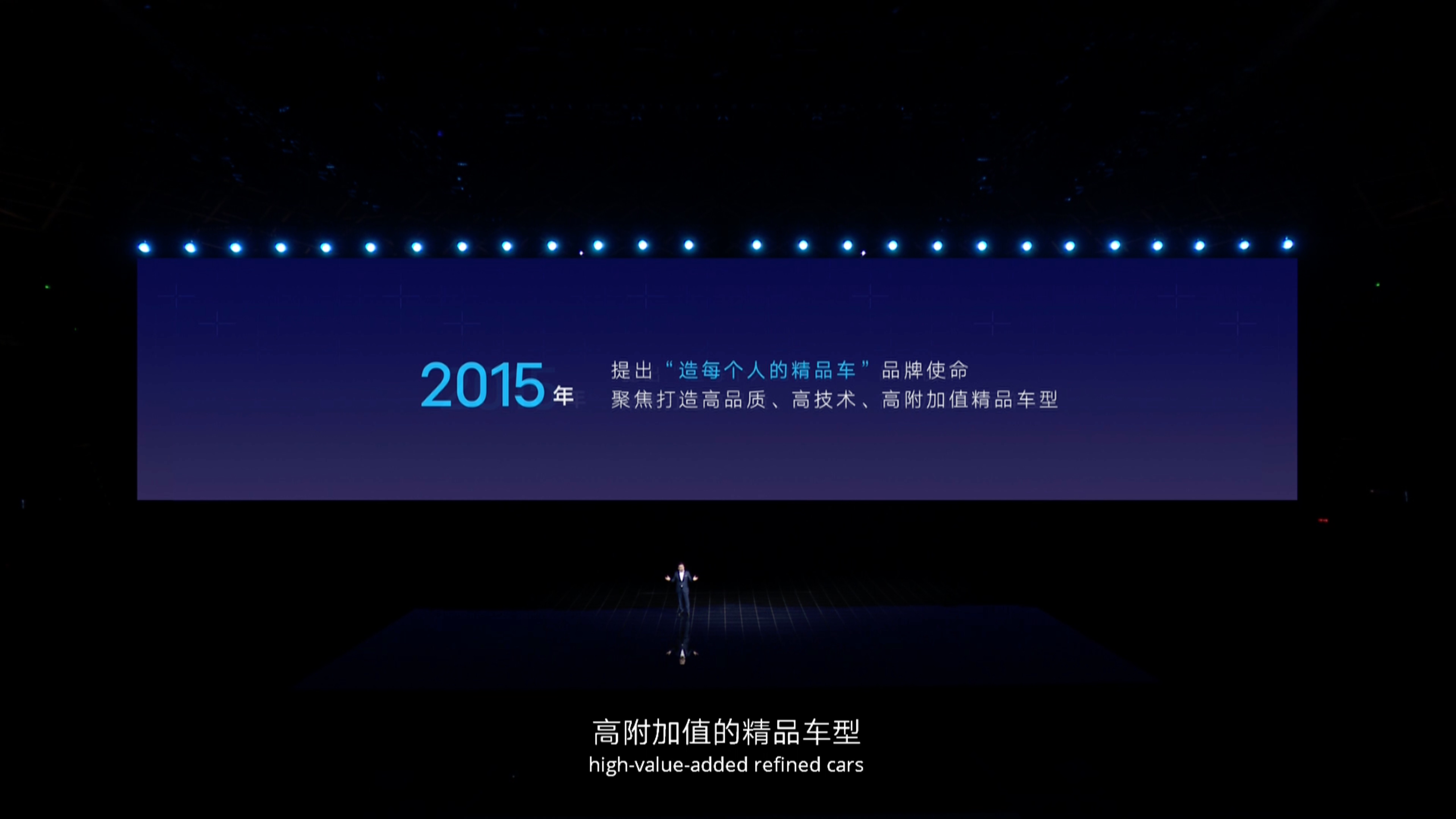
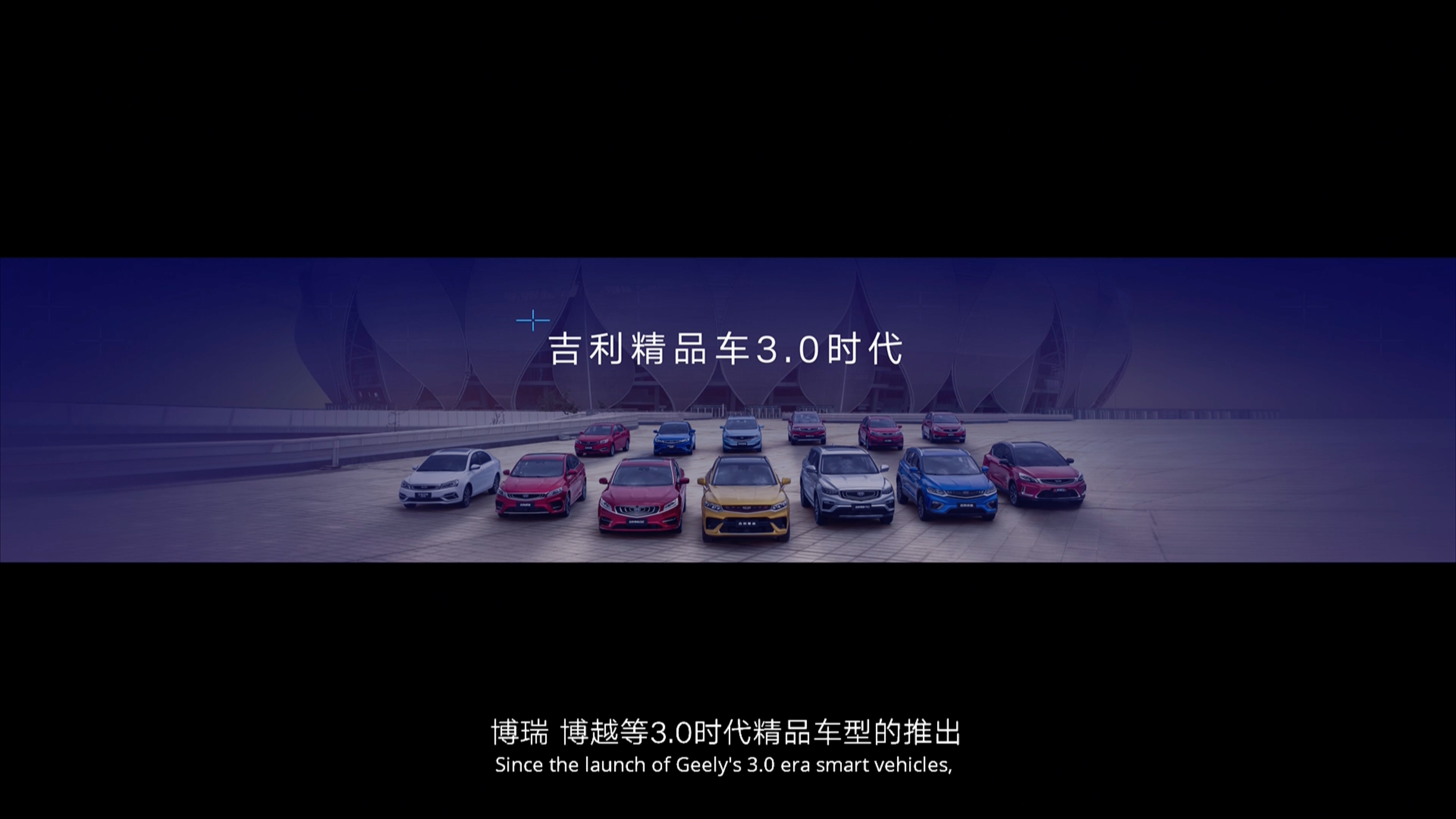
When talking about Geely Galaxy, Li Shufu stated that Geely Galaxy leads China’s new energy industry into the second development phase with an upward value, and defines Geely Galaxy as a manufacturer that exclusively produces high-value new energy vehicles.
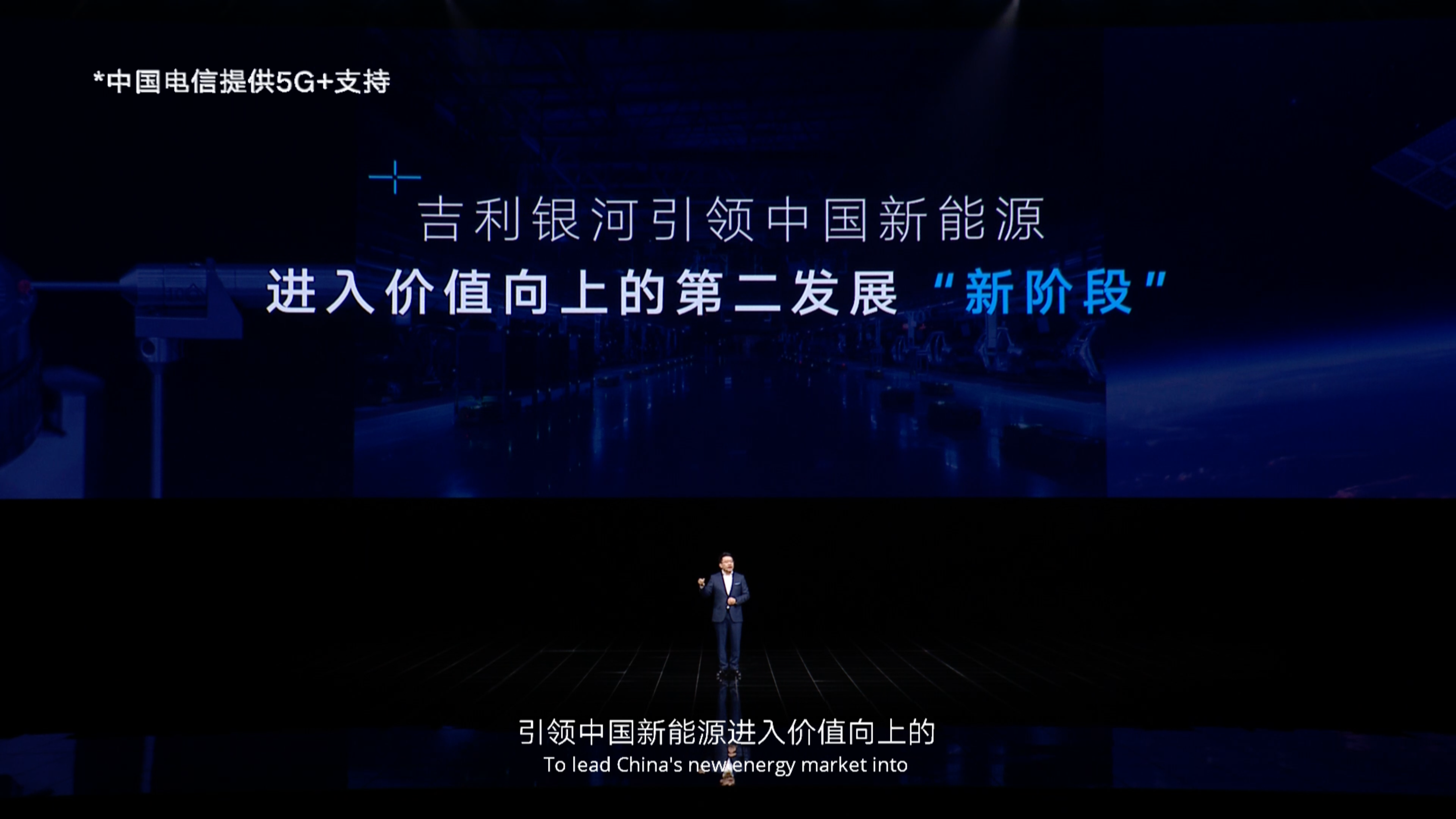
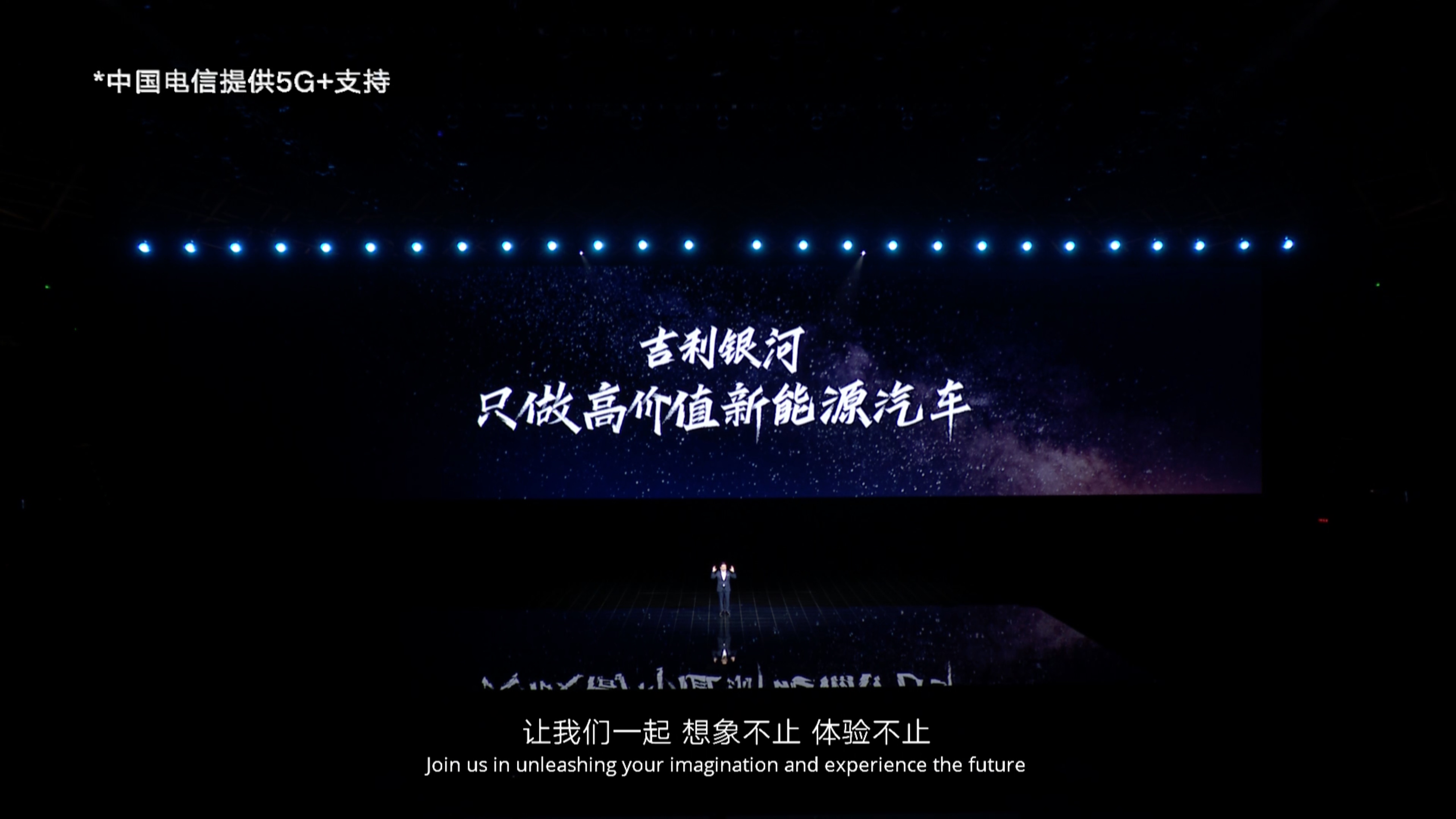 Value was a key term throughout the entire press conference.
Value was a key term throughout the entire press conference.
Therefore, although the prices were not disclosed during the conference, various expressions indicated that Geely Galaxy cars would not be too cheap.
In conclusion
No matter what impression this press conference has left on us, the Galaxy series has made it clear that Geely is determined to win the new energy market. Will BYD continue to dominate or will new players have a chance to enter in 2023? The Galaxy series will give us the answer.
This article is a translation by ChatGPT of a Chinese report from 42HOW. If you have any questions about it, please email bd@42how.com.
